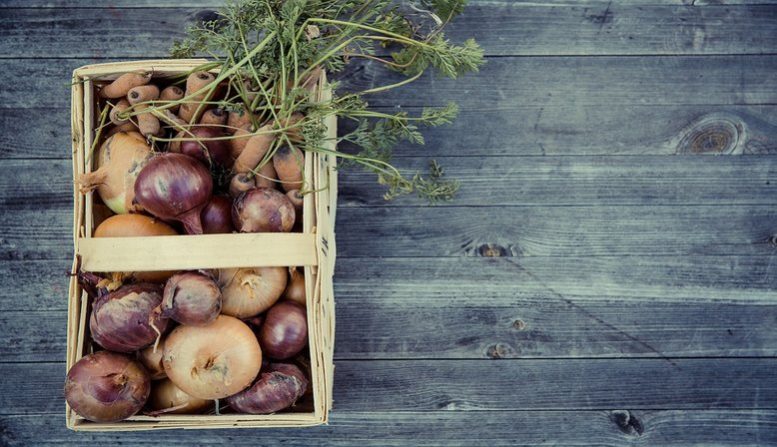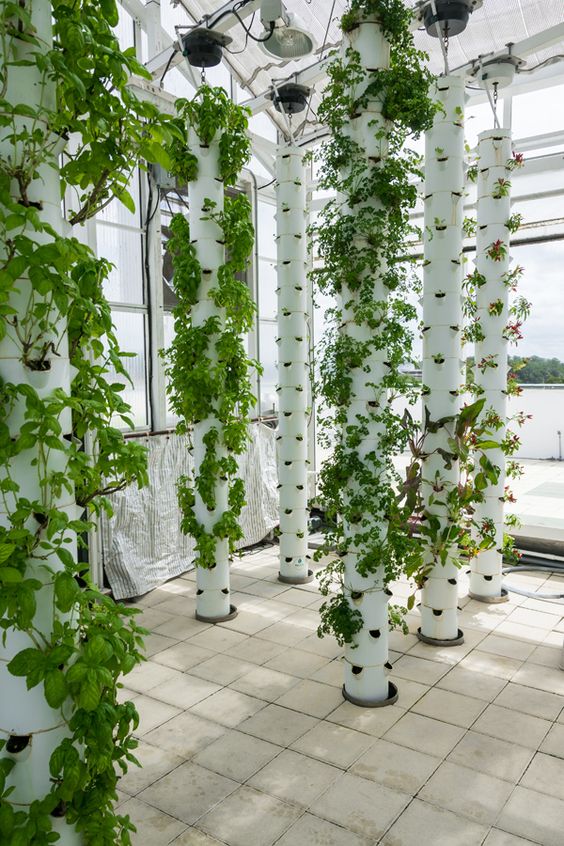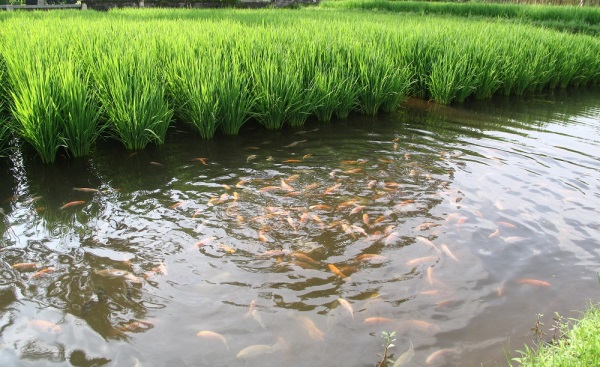Soil-Less Farming at Home: Zero Food Miles
Last Updated on February 22, 2023
Sustainable and soil less farming techniques are implemented by nations to meet the demands of producing off-season crops, these crops are free from pest infestation and crisp as compared to crops grown using traditional farming.
Alternative farming techniques include- Hydroponics and Aquaponics; these techniques are soil-less, relatively cost-effective and produce higher harvest.
Let’s explore about these sustainable techniques.
Why do we need alternative farming technologies?
The necessity of practicing chemical fertilizers and pesticides free farming, has led to considering an almost 200 year old farming technique called Hydroponics (also called soil less farming). The increase in rate of industrialization has led to the seizing of farm lands, which leaves very little farm area and a huge number of crops to be grown.
Plus it has its own challenges like fertilizing soil, application of insecticides and excessive usage leading to a resistance of insects to them, purchasing seeds, usage of excessive water and electricity. To combat such situations the technique of soil less farming can be adapted by farmers as well as urban population at their lands, homes, terraces and require an area than 150 square feet.
What is Hydroponics?
Plants are grown without soil. Soil is replaced by inert growing media; that supports the plant and aids in moisture retention. The bare roots are submerged in aqueous phase and supported by gravel or sponge. NASA has been conducting intensive research on hydroponics to grow fruits to serve in space crafts since; fruits grown by hydroponics have reduced levels of CO2.
Crops like Spinach, Tomatoes, Lettuce, Strawberry, Pepper, Cucumber, Zucchini, Squash can be cultivated using Hydroponics. These crops are observed to be fresher, stable and produce greater yield as soil borne pathogens are eliminated, plus there is a lesser chances of pest infestation.
Additionally, these crops exhibit higher nutrient availability as they are monitored in real time and the process is controlled which leads to higher yield and better quality of crops.
Aquaponics utilizes the best of both these techniques and presents a symbiotic environment where the plant feeds of the water dwelled by fishes in the tank. The setup of Aquaponics equipment depends upon the area available and growth requirement of both the fish species and the crop of interest. Other advantages include- zero waste production, as waste is utilized continually.
Fishes like Tilapia (Oreochromis niloticus) are generally used in Aquaponics, followed by Trout, Catfish, Fresh water Prawns. The use of Tilapia is widespread in Aquaponics due to low maintenance, it can tolerate crowding, adapts readily to changing water conditions (temperature, pH). Tilapia grows to average plate size within 6-9 months; they feed on insects, worms, algae, plant-based foods, and pellet fish foods this reduces the cost of farming these fishes.
Tilapia is a good source of protein hence touted as aquatic chickens.
As in Aquaponics the roots of the crops are submerged in the waters where fishes dwell and feed. Bacteria present in water breakdown waste of fish and plants in the form of Ammonia to Nitrite to Nitrate, this Nitrate is the primary source of nourishment to plants. Water is recycled and re-circulated as in Hydroponics. This helps in conserving water and electricity.
Green leafy vegetables like Spinach, Lettuce, and Herbs can be efficiently cultivated which require low to high nutrient requirement.
Concluding thoughts
Hydroponics and Aquaponics are promising techniques of the future, that’s what we need to sustain on this planet.
Alternative farming techniques can reduce the miles traveled by food which provides better nutrients, and satisfaction of consuming home grown crops free from pests and chemicals. Since the setup requires a smaller area and higher productivity these techniques can be adopted by urban dwellers and would expand the scope of the local economy, and deliver local food.
Areas having unfavourable climate conditions like droughts or excessive rainfall; can employ soil less farming and increase the crop yield. Switching to the food safety aspect, these crops and fishes are free from chemicals and any other extraneous matter. Hence, polyculture would help us achieve farming with zero food miles.
Authors: Debomitra Dey & Soniya Katekar
We are a team of two food tech grads now serving in the food processing industry, and working towards our undying passion for FOOD!!
The aim of building this platform is to reach out all food grads and professionals to create a network for bridging the gap between academics and the industry; consumers and the industry.
Our love for our job and passion is the result of The Food Tech Club Team, so let’s work together and inspire the world and fill in our inquisitive minds!! Shout out to the Food Tech Community!!
Check out our site The Food Tech Club and share your suggestions. Would love comments
Subscribe to our newsletter for details on mentorship sessions, workshops, webinars, as well as career and job fairs across Canada and the US!






leave your comment